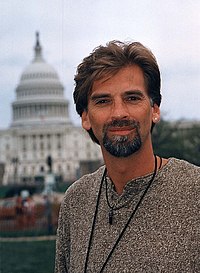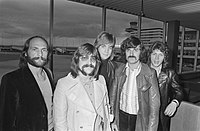Lists





5 Music Artists
Better than Lynyrd
Sort by:
Recent Desc
More lists by Greg



Paradise Isolation
List includes: James Taylor, Natalie Merchant, Kenny Loggins
October 2021
0
G
@gregcars89



Shawn Colvin
List includes: Anna Nalick, Melissa Etheridge, Shawn Colvin
October 2021
0
G
@gregcars89



Hi
List includes: Jefferson Airplane, The Allman Brothers Band, The Moody Blues
October 2021
0
G
@gregcars89